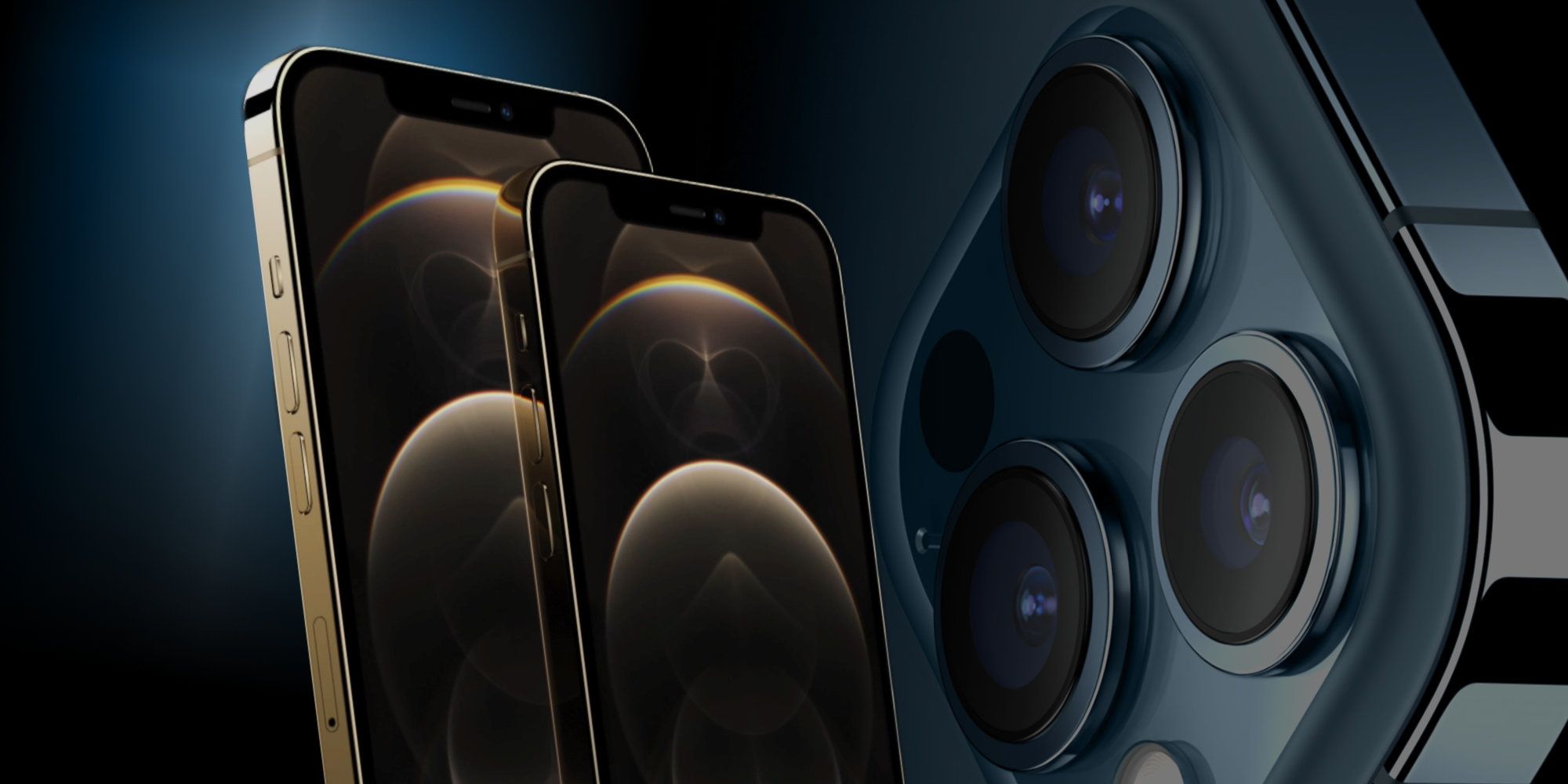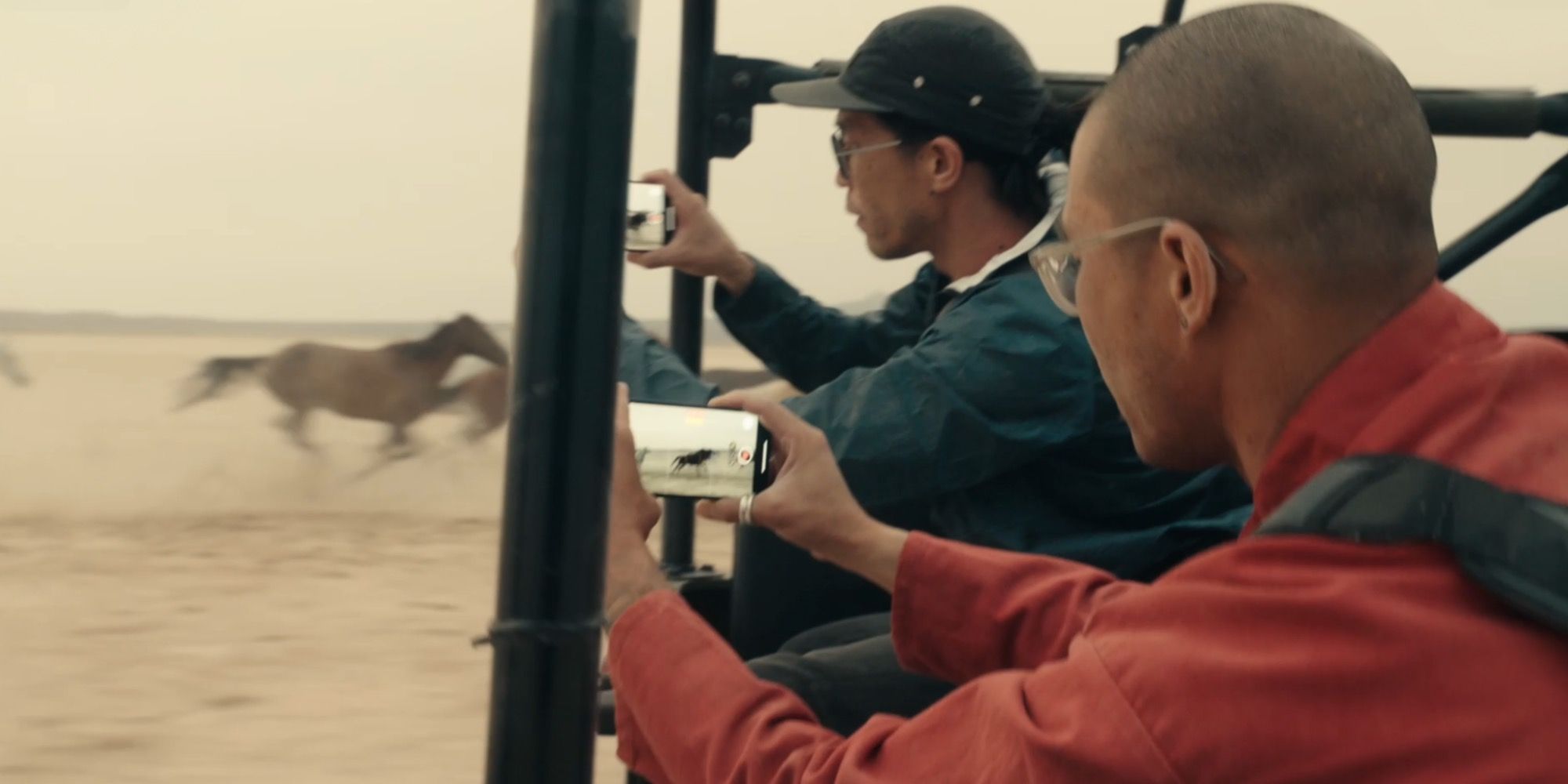Apple has two iPhone 12 Pro models, the larger being the iPhone 12 Pro Max, but the differences goes far beyond just the size. Knowing the differences between these two models, including everything added to the more expensive model, will help potential buyers decide on which Pro model is right for them and whether the biggest iPhone is worth the extra $100.
Apple announces new phones every year. In the beginning, it was a single phone, but that has grown to five iPhone models in 2020, ranging in price from $399 up to $1099 for the base models. At maximum storage capacity of 512-gigabytes, the top price climbs to $1399. With a $1000 range, that means there is an iPhone for mostly every budget. In most cases, each step up adds an equal amount of value, but in some cases, there is a clear winner between two similarly-priced models.
The iPhone 12 Pro Max offers far more than the $100 might suggest, with the most expensive iPhone 12 housing advanced technology throughout its camera system. Starting from the outside and working inward, the Pro Max model has a 65-millimeter telephoto camera versus the 52-millimeter focal length of the iPhone 12 Pro. That means a zoom range from ultra-wide to telephoto of 5-times instead of 4-times. Adding telephoto to a smartphone is nice, but some feel it isn't worth the effort. Compared with the 40 and 50-times zoom possible with a point-and-shoot camera, zooming in 2.5-times from the standard view is ridiculous.
The larger model also has sensor-shift stabilization rather than the optical image stabilization included with all other iPhone 12 models. This is where the difference starts to become all the more apparent. Sensor-shift is generally found on full-size DSLR cameras. The implementation of this technology in the iPhone 12 Pro Max was demonstrated with hand-held and trailer hitch-mounted video shot on a Jeep, while jostling over a broken landscape to capture footage of wild horses. It was a beautiful scene and a massively impressive demonstration of what is possible with this new system. The better performing stabilization adds value to the telephoto, improving sharpness even when moving into digital zoom, where tiny movements get amplified into unacceptable blur.
Low-Light Capabilities & Display Size
The iPhone 12 Pro Max has a 47-percent larger image sensor, when compared to the iPhone 12 Pro, which uses the same sensor as the standard models. The resolution didn't increase, but the pixel size did. Moving from 1.4-micrometer to 1.7 micrometer pixels may not sound like much, but it makes a huge difference. While every other iPhone 12 model saw a 27-percent improvement in poor lighting, the most expensive model offers 87-percent better low‑light photos. It's apparent the camera technology on the iPhone 12 Pro Max is worth much more than the $100 price difference, but the size is another consideration. For some, bigger is always better. For others, its a real concern. In this case, the difference mostly disappears.
Screen measurements are made diagonally, but that shortcut doesn’t convey the feel in both hand and pocket. Everyone will have an idea of when a phone is too large. That generally has to do with whether it will fit in pockets and can be managed easily, relative to hand size and finger length. The 6.7-inch screen of the iPhone 12 Pro Max gives the impression that it may be unwieldy, but when compared to the 6.1-inch iPhone 12 Pro, it's only a quarter-inch wider and only 0.6-inches taller. Apple added a feature to iPhone called Reachability that allows swiping down and off the edge to shift the screen down. As a result, the added height isn't an issue. Most hands and pockets that are large enough to comfortably manage the width of the iPhone 12 Pro will find it equally easy to use the iPhone 12 Pro Max. In other words, the larger iPhone 12 Pro is clearly the best value.
Source: Apple


